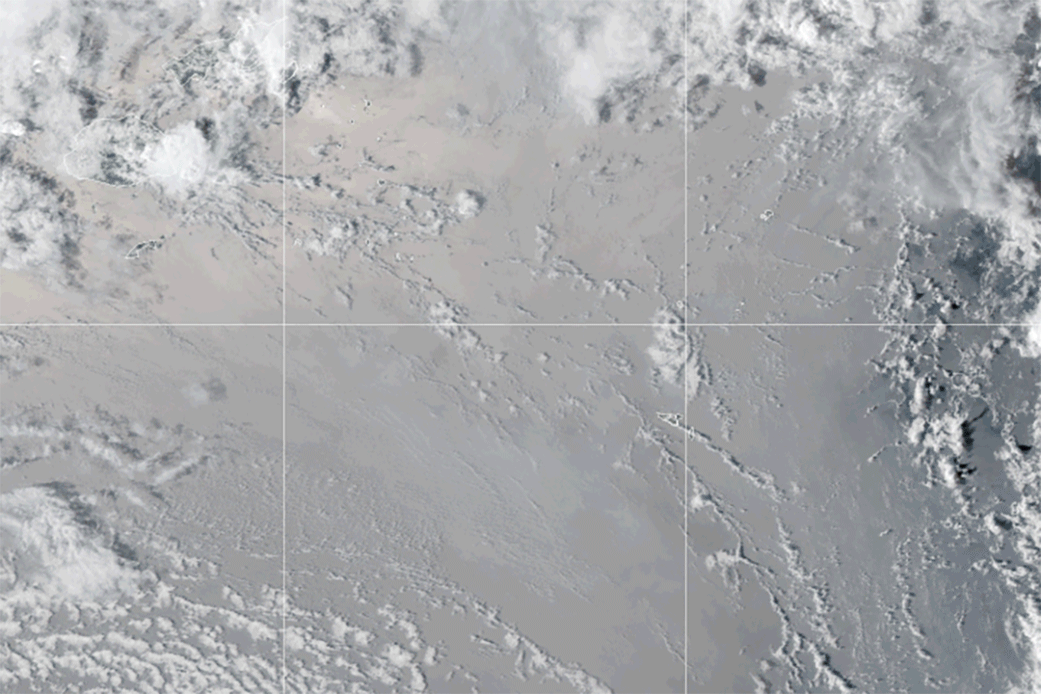- Thread starter
- #161
Yet Tonga was 490 feet below the surface. Lots of water vapor rising into the stratosphere.The white is sulfuric acid ... water would merge with the surrounding ocean water ... yes, boiling sea water heads for the surface, but it will cool long before it reaches ... just the nature of fluids ...
Tonga was at the surface ... any and all water vapor quickly condensed and moistened the ash fall ... the second eruptive sequence was sea water flashing into vapor, again at the surface, and again quickly cooling and condensing and again moistened the ash fall ...
This is easy to duplicate in the lab ...

The huge amount of water vapor hurled into the atmosphere, as detected by NASA’s Microwave Limb Sounder, could end up temporarily warming Earth’s surface.
When the Hunga Tonga-Hunga Ha’apai volcano erupted on Jan. 15, it sent a tsunami racing around the world and set off a sonic boom that circled the globe twice. The underwater eruption in the South Pacific Ocean also blasted an enormous plume of water vapor into Earth’s stratosphere – enough to fill more than 58,000 Olympic-size swimming pools. The sheer amount of water vapor could be enough to temporarily affect Earth’s global average temperature.

